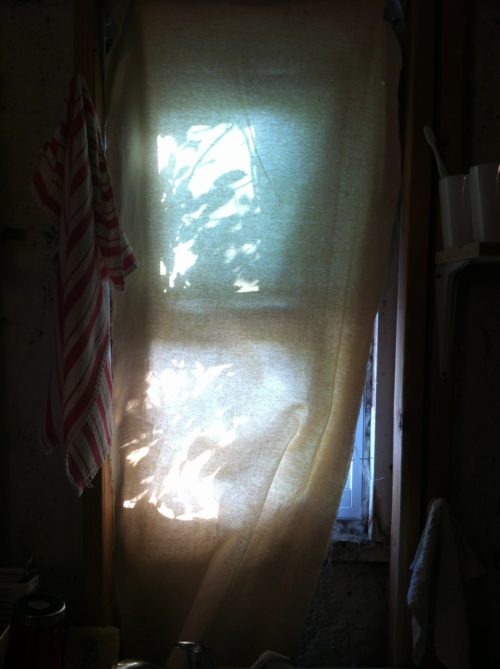Astrid Bowlby: When the shadow is not your shadow
14 September – 29 October 2017
Astrid Bowlby: When the Shadow is Not Your Shadow
a presentation by Marginal Utility hosted by Arcadia University Art Gallery
Opening Event
Tuesday, September 26
Conversation between Astrid Bowlby, David Dempewolf, and Yuka Yokoyama
6:30-7:30 PM, Great Room, University Commons
immediately followed by a reception in the Spruance Art Center
Gallery Hours
Tuesday, Wednesday, and Friday 10 AM – 5 PM
Thursday 10 AM – 7 PM
Sunday Noon – 4 PM
-there are many ways to think about shadows.
-implies a darkness, a foreboding (foreshadowing)
-implies an emotional darkness or a problem
-implies a type of emotional reaction: a shadow crossed her face.
-implies a mirror, a trick, or a subterranean parallel: a shadow company
-implies the absence of light (partially). It’s a grey area
-implies a relationship to another thing or person that is not a shadow
-there are many ways to think about the pronoun “your” in this title
-“your” could be a person or community the artist is thinking about
-“your” could be the artist referring to herself
-“your” could be the artist referring to the viewer
-Upon reading by the viewer, the “your” could be the viewer
-Upon reading by the viewer, the “your” could not be the viewer (and if that is the case, who is the “your”)?
-in English “your” can be singular or plural, masculine or feminine.
I am making utterly utilitarian objects that I view as containers that are as useful as laundry baskets or buckets. I put what I need in them and my responsibility is to leave enough room for other people (viewers, my community writ large and small, people on Mars who excavate thousands of years from now, maybe even someone time traveling from the past to the present, a passing animal…) to put what they need in there as well. I can take things out as well as put things in and what I put in or take out changes over time through subsequent viewing and thinking. Others can perform this operation, too. And what we put in or take out may be influenced by what others have put in or taken out. This is why we can experience complex emotions and threads of thought while looking at objects from the past. The historical context is only one context. We are connected by our humanness although isolated by our place in linear time.”
